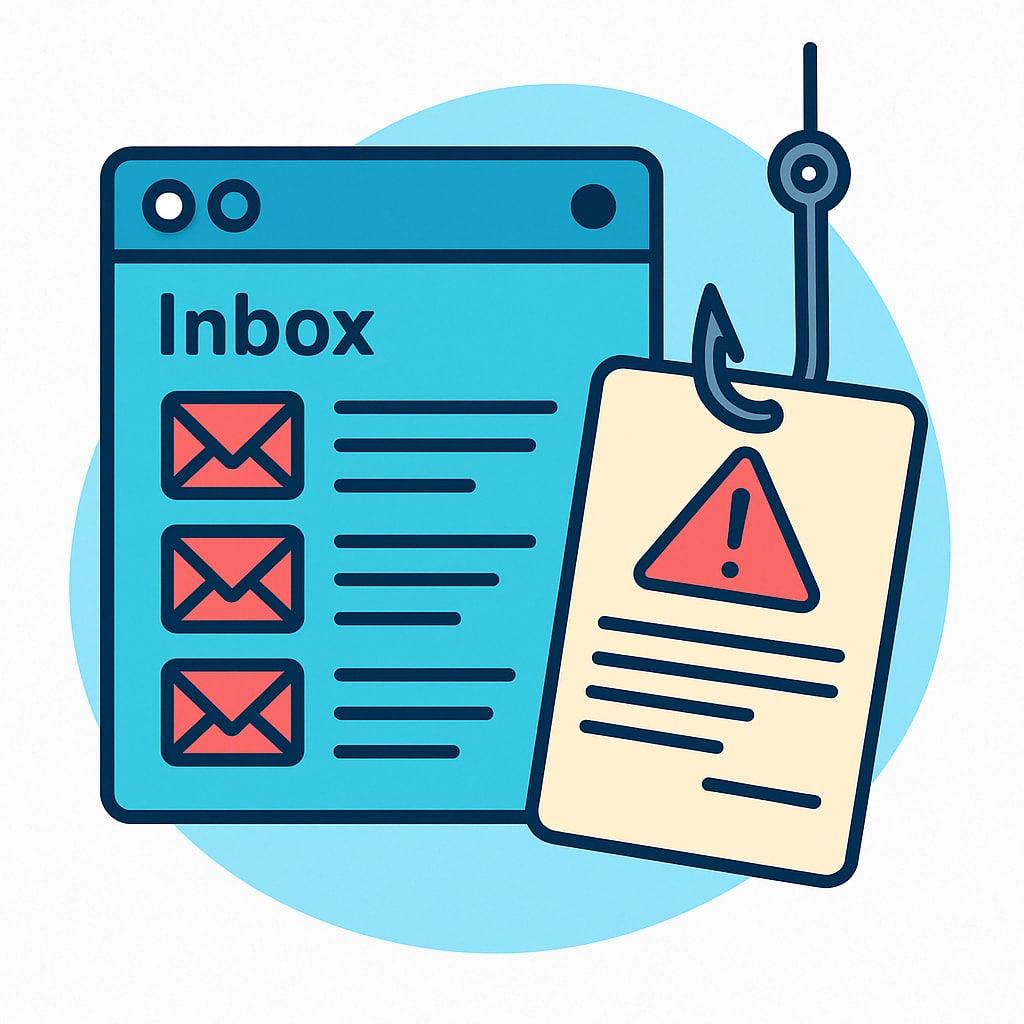Ever wondered how your inbox ends up full of spam, suspicious links, or even emails claiming your account was hacked? You're not alone. Email is one of the most targeted and vulnerable points in our digital lives — and hackers know it.
That’s why using a temporary email instead of your real address has become one of the easiest and most effective ways to stay safe online. When you use disposable email services, you eliminate the risk of long-term exposure to spam, phishing, and unwanted tracking.
In this article, we’ll break down exactly how attackers find, exploit, and use your email address — and more importantly, what you can do to stop them.
1. How Hackers Find Your Email
Your email address is more public than you think. Here’s how it ends up in the wrong hands:
- Data leaks: Many services you sign up for eventually get hacked. Your email is often part of the leaked info.
- Public profiles: Social media, forums, or blogs sometimes display your email openly.
- Email harvesting bots: Bots scan websites for anything that looks like an email address.
- Buying data: Spammers and hackers often just buy bulk email lists on the dark web.
2. What Happens After They Get It
Once your email is out there, here’s what attackers might do with it:
- Send phishing emails with fake login pages
- Try credential stuffing (testing your email with known leaked passwords)
- Flood your inbox with spam or malicious attachments
- Target you for scams, fake invoices, or extortion emails

3. Real Threats: It’s Not Just “Junk”
People often underestimate email threats. But phishing remains the #1 cause of data breaches worldwide. Clicking one fake link or downloading one file is enough to lose access to your account — or worse, your identity.
4. How to Stop It
Good news: protecting your inbox is easier than you think.
- ✅ Use a temporary email when signing up for new or untrusted websites
- 🔐 Enable two-factor authentication on all major accounts
- 🔍 Never click links or download files from unknown senders
- 🧹 Regularly clean up unused accounts that still have your email
5. Why Temporary Email Helps
Services like TempMailo give you a disposable inbox for quick signups, downloads, or trials. The emails self-destruct after 1 hour, leaving no trace. That means no long-term exposure, no spam, no risk.
It’s a smart layer of defense. You keep your real email private — and attackers never get close to it.
Conclusion
Your email is more than just an inbox — it’s a gateway to your identity. Hackers know that, and so should you. Stay informed, be careful where you share your email, and when in doubt — use a temporary email.
Stay safe, stay anonymous — and don’t let hackers into your inbox.
 English
English
 Tiếng Việt
Tiếng Việt
 Українська
Українська
 Türkçe
Türkçe
 แบบไทย
แบบไทย
 Svenska
Svenska
 Русский
Русский
 Português
Português
 Polski
Polski
 한국인
한국인
 日本
日本
 Italiano
Italiano
 Bahasa
Bahasa
 ελληνικά
ελληνικά
 Français
Français
 Español
Español
 Eesti keel
Eesti keel
 Deutsch
Deutsch
 Češka
Češka
 Български
Български
 (اللغة العربية)
(اللغة العربية)